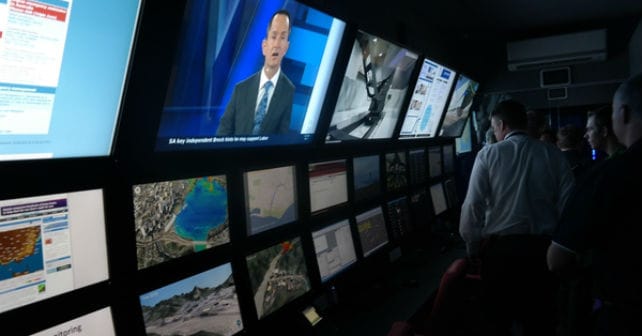IBM: Swelling cities need smarter traffic systems
 Managing transport effectively has become an urgent priority for municipal planners faced with an increasingly urbanised and polluted world, according to a new research report from IBM.
Managing transport effectively has become an urgent priority for municipal planners faced with an increasingly urbanised and polluted world, according to a new research report from IBM.
Seventy per cent of the world’s population is expected to be living in cities by 2050. Last year, the UN found that the majority of people are now living in urban areas — a first in human history. The trend is leaving cities everywhere battling with stressed transportation networks.
China, for example, currently has 20 million cars on the road with predicted growth to 140 million in 2020. In the US, the cost of congestion is close to $200 billion each year, according to the US Department of Transportation. And in Europe, which has some 300 million drivers, traffic congestion costs the EU 1 per cent of its GDP — around €100 billion — each year.
According to the new IBM study, “Intelligent Transport: How Cities Can Improve Mobility,” as cities grow in economic importance in the global economy, they compete to attract commerce and employment opportunities, and the effectiveness of a city’s transport system has a significant impact on a city’s attractiveness to both prospective investors and employees.
IBM conducted in-depth research in more than 50 developed and developing world cities, followed by in-depth interviews with senior transport officials in 16 selected cities around the world. The data reveal that, although cities face unique transportation challenges, their leaders share common ambitions. Most favour the increased use of enhanced public mass transit systems and other alternatives to private vehicles. In addition, most leaders interviewed agree that infrastructure investments are necessary to build more effective transport systems. However, the constraints of tight capital budgets are driving an increased focus on the need to better manage transport demand and supply through deploying technology-based intelligent transport systems (ITS).
Virtually every city in IBM’s study is developing a vision and strategy to improve mobility. In addition, nearly all of the city leaders interviewed highlighted the importance of ITS in addressing their transport challenges. Intelligent transport systems can include integrated fare management, enhanced customer relationship management, traffic prediction, improved traffic management, traveler information and road user charging.
The majority of cities are at an early stage in understanding and realising the full potential of ITS, according to IBM.
The IBM report identifies five mandates for smarter municipalities:
- Developing and implementing comprehensive intelligent transport strategies that are long term, flexible and integrated with the city’s transport vision;
- Adopting customer-centred approaches to improve services, understand customers and influence traveler behaviour patterns;
- Integrating services across transport modes;
- Securing funding and applying innovative business models; and
- Effectively managing implementation by addressing the complexity of ITS projects.
“Clearing congestion and improving how people and goods are moved cross-town and cross-region are critical, not only to address quality of life and a cleaner environment,” said Jamie Houghton, global leader for intelligent transport systems at IBM. “They are critical to economic viability and sustainability for municipalities worldwide. IBM’s study shows transport problems can be solved with advanced thinking, strategic planning and integrated execution.”
Stockholm, one of the cities featured in the study, aims to be the world’s most accessible capital and views its transportation system as an important part of reaching this goal. The city is well known for its congestion tax, which drove a 25 per cent reduction in car use and a 14 per cent reduction in emissions from road traffic. In keeping with best practices around integrating service delivery across transport modes, Stockholm implemented the tax as part of a transport plan that also increased bus services and park-and-ride facilities and uses an integrated ticketing system that links the major modes of transport.




